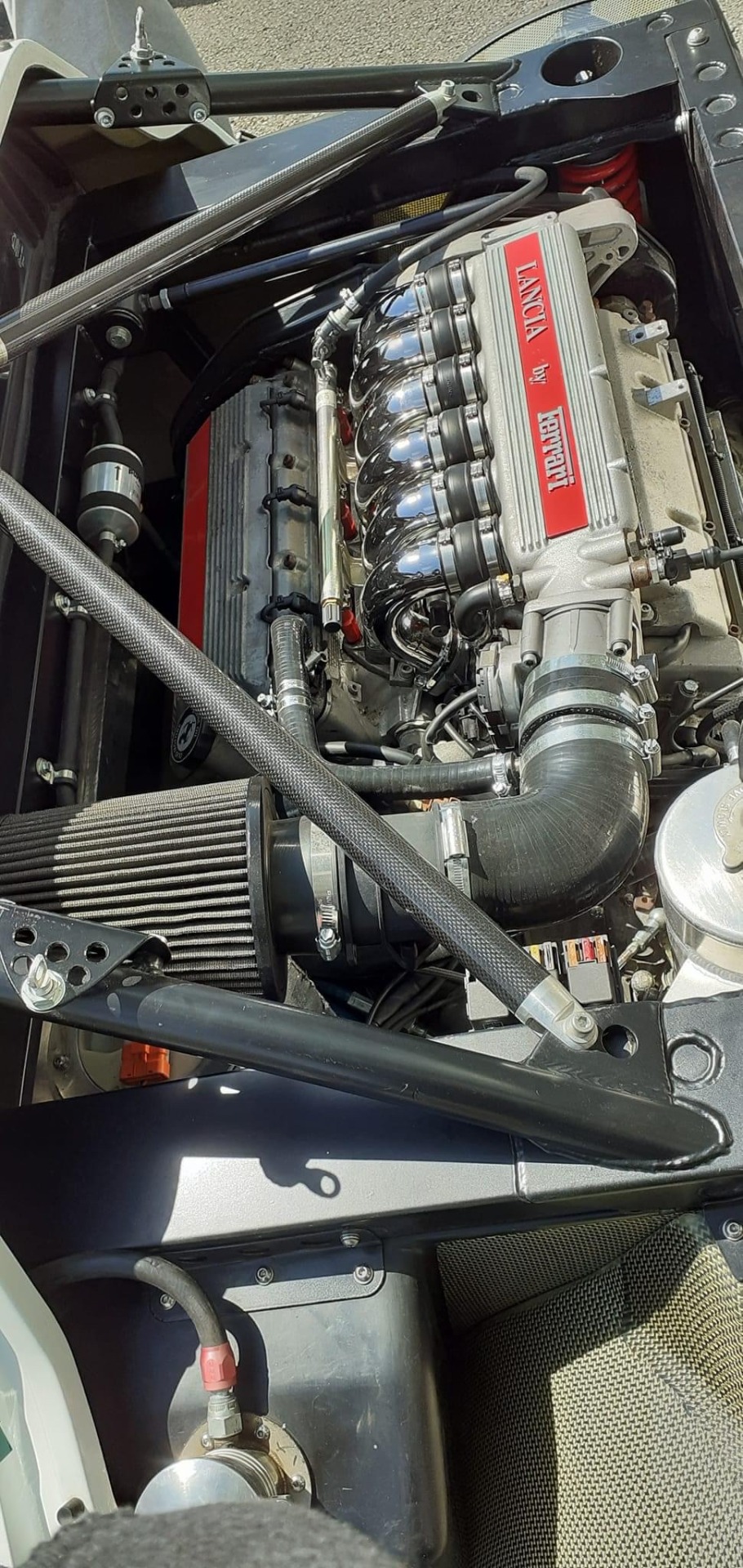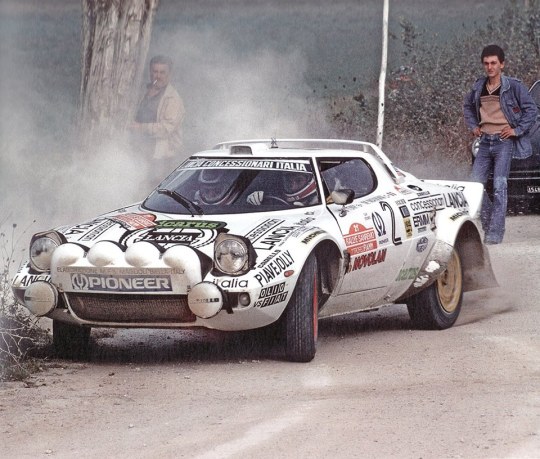#lancia ferrari
Text
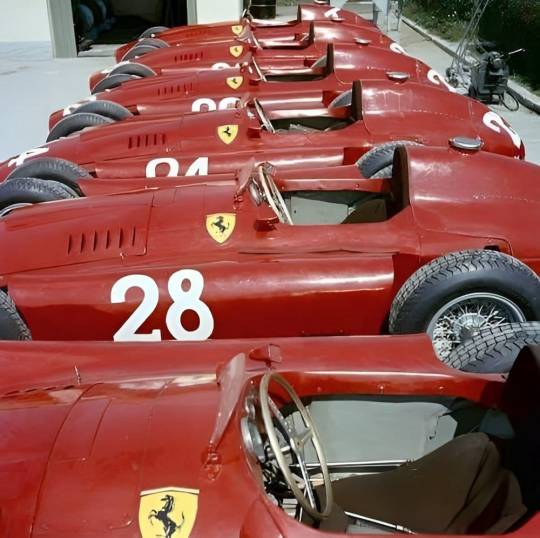
Les Lancia Ferrari D50 du Grand Prix d'Italie - Monza 1956 : #22 Juan Manuel Fangio - #24 Eugenio Castellotti - #26 Peter Collins - #28 Luigi Musso - #30 Alfonso de Portago - #50 Wolfgang von Trips. - source UK Racing History.
#juan manuel fangio#eugenio castelloti#peter collins#luigi musso#alfonso de portago#wolfgang von trips#lancia ferrari#grand prix d'italie#monza
62 notes
·
View notes
Text

#Bertone#ferrari#lancia#fiat#lamborghini countach#lamborghini#stratos#308GT4#308#X1/9#X1-9#X-19#X19#Dino
75 notes
·
View notes
Photo

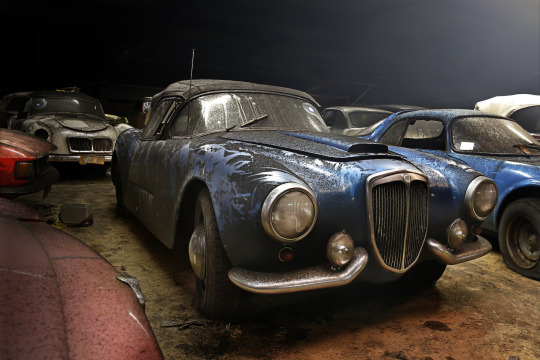

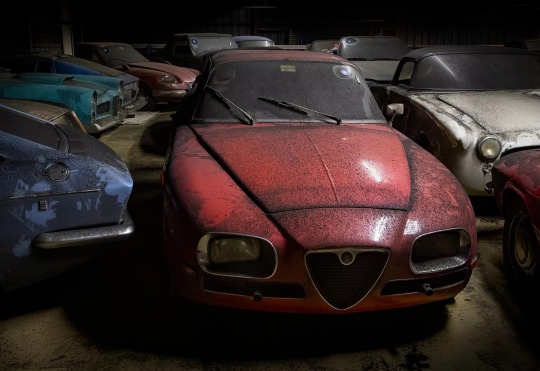


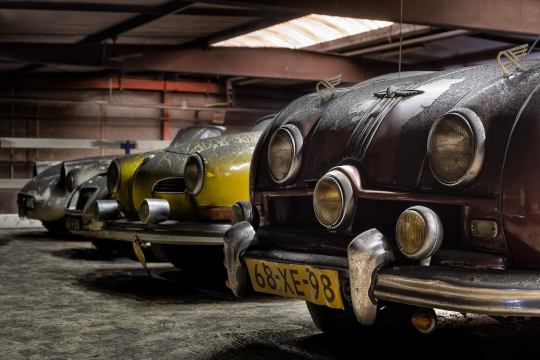
The Palmen Barnfind Collection !
The incredible trove, which comprises no less than 230 classic cars, was amassed over a period of 40 years by Dutch collector Ad Palmen.
Mr Palmen worked as a car dealer in the Netherlands in the mid-1960s before eventually starting his own collection with a yellow Lancia B20. He stored his ever-expanding hoard in three separate locations—two warehouses and a church—away from the prying eyes of the curious (and other auto enthusiasts).
It was only when Palmen became ill with dementia late last year that his executors came across what is now considered one of the best-kept secret collections in Europe.
Hailing from marques the world over, the rarities illustrate Palmen’s refined taste and discerning eye. The haul includes coved classics from Italy (Alfa Romeo, Lancia, Maserati, and Ferrari), France (Facel Vega), Germany (BMW, Mercedes-Benz, and NSU), the UK (Jaguar, Aston Martin, and Rolls-Royce), and America (Chevrolet, Cadillac, and Ford).
There are rides from more obscure nameplates on offer, too, such as Tatra, Monica, Moretti, Matra, Alvis, Imperia, and Villard.
Courtesy: Gallery Aaldering
#art#design#cars#luxurycars#vintagecars#collection#barnfind#ad palmen#zombilenium#abandoned cars#abandoned car#abandoned#Consumerism#secret#alfa romeo#lancia#matra#maserati#ferrari#facel vega#jaguar#rolls-royce#tatra#ford#alvis#gallery aaldering#germany#urbexeurope#urbex germany#urbex supreme
219 notes
·
View notes
Text
1956 French 🇫🇷 GP at Reims-Gueux 🏁
Lancia D50's in Ferrari pits during the practice sessions.

74 notes
·
View notes
Photo

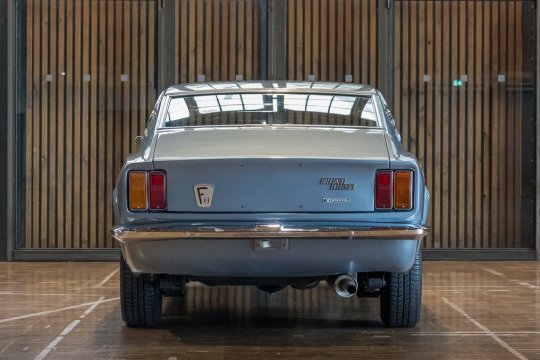
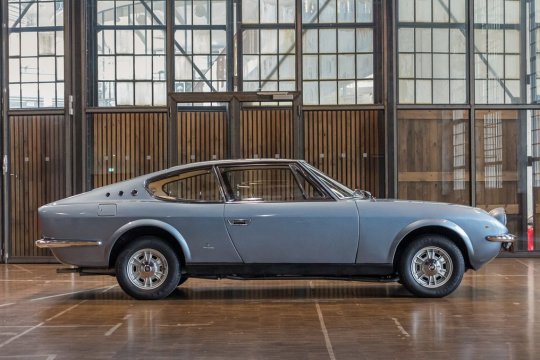
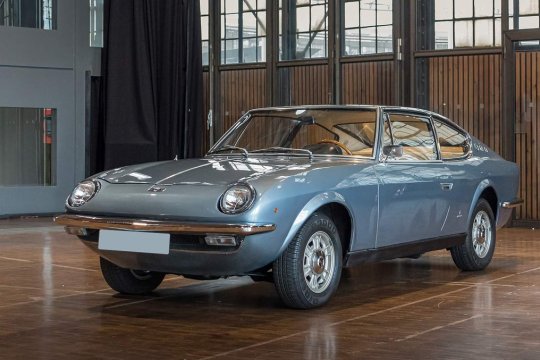
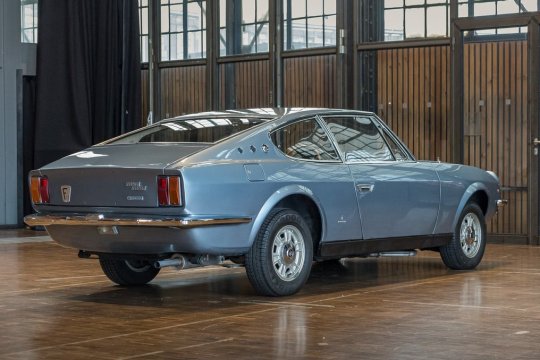

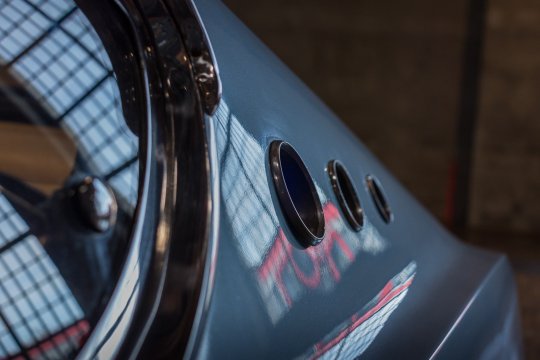
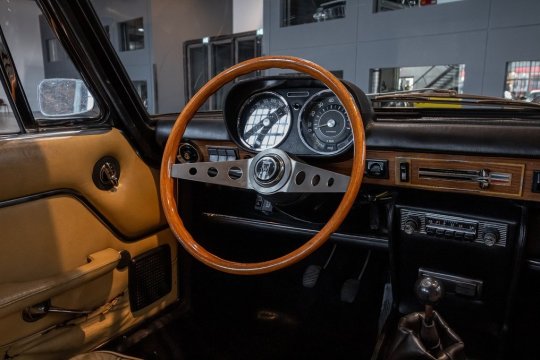


Fiat 125 S Samantha Vignale Coupé
One of the most illustrious of Italian coachbuilders, Carrozzeria Vignale had been founded in 1948 by Alfredo Vignale, whose career had begun pre-war with a successful design on the FIAT Topolino chassis. Enzo Ferrari’s favoured coachbuilder during the Maranello manufacturer’s formative years, Carrozzeria Vignale also designed and built cars for Lancia and Maserati among others, and in the 1960s branched out into automobile manufacture in its own right. For FIAT, Vignale built show models, prototypes and some limited edition models. Based on the contemporary FIAT 124 and 125 models, the 1.6-litre Vignale-bodied Samantha was built in small numbers in the late 1960s. Vignale’s sleek coupé body had very fluid lines thanks to the recessed ‘pop up’ headlights, yet nevertheless afforded comfortable seating for four and a decent amount of luggage space. With 100bhp on tap, delivered via a five-speed gearbox, the Samantha was similar in performance to the 125S donor car with a 0-60mph time of 13 seconds and a top speed of 106mph. The downside was that it cost twice as much.
Only a relative handful are believed to survive, making the Samantha 125S one of the rarest twin-cam FIATs of the period. In fact, by 1971, only about 100 copies were produced, were nicknamed "Little Maserati."
#Fiat 125 S Samantha Vignale Coupé#Carrozzeria Vignale#Alfredo Vignale#FIAT#Enzo Ferrari#Lancia#Maserati
476 notes
·
View notes
Text
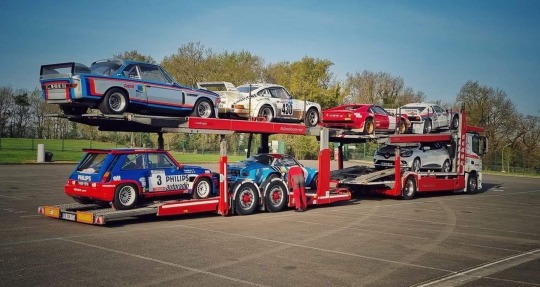
34 notes
·
View notes
Text

Lancia Stratos rally car
148 notes
·
View notes
Text



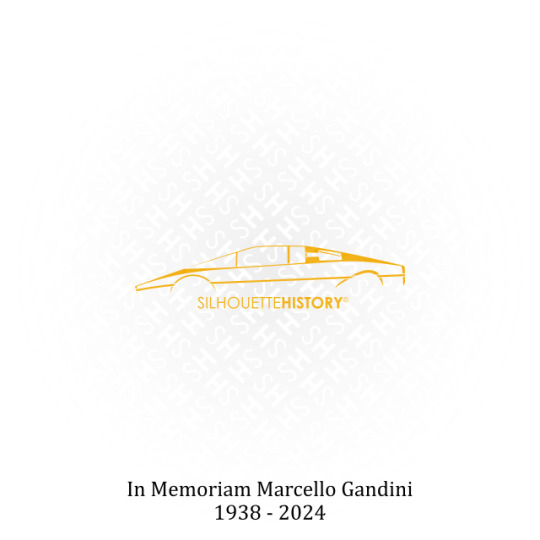
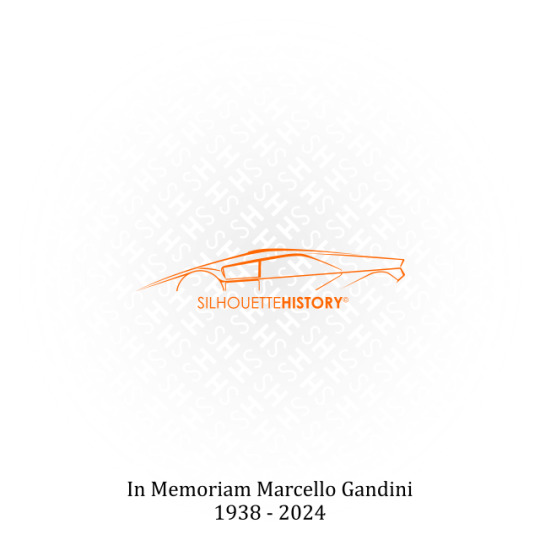
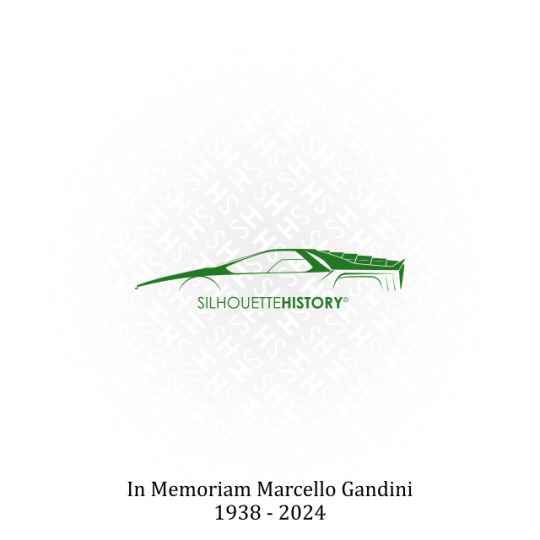
Marcello's Concept SilhouetteHistory Singles
Single silhouettes of a couple of concept cars designed by Marcello Gandini.
#silhouettehistory#marcello gandini#in memoriam#rip#concept car#nissan ap-x#lancia sibilo#ferrari gt rainbow#lamborghini bravo#lancia stratos zero#alfa romeo carabo#nissan#lancia#ferrari#lamborghini#alfa romeo#car#silhouette#history
11 notes
·
View notes
Text

Marcello Gandini (right) with Nuccio Bertone with drawings for the Ferrari Rainbow circa 1975.
In a 2009 interview with Robert Cumberford, editor at Automobile Magazine, Gandini said "his design interests are focused on vehicle architecture, construction, assembly, and mechanisms – not appearance".
#RIP#marcello gandini#1938#2024#turin#Rivoli#italy#automobile designer#lamborghini#Miura#countach#lancia#stratos#alfa romeo#Carabo#montreal#bmw#volkswagen#maserati#Ferrari#citroën#renault#bugatti#fiat#Iso
8 notes
·
View notes
Text

Fangio and the glorious D50. - source The Roaring Season.
23 notes
·
View notes
Text
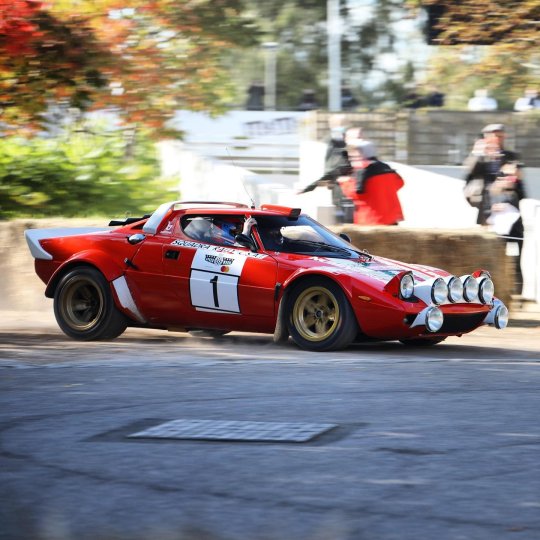
188 notes
·
View notes
Text
#automotive#photooftheday#lancia#style#lanciastratos#stratos#lanciastratosit#stylish#luxurylifestyle#carporn#carsofinstagram#ferrari#sportscar#carlifestyle#instagood#rallycars#rally#historicrallycars#historiccar#fashion#historiccars#vintagecar#toptag#carswithoutlimits#sportscars#savelancia#lanciastratosra#lamps#rotatinglamp#sublimation
2 notes
·
View notes
Text
1956 GP of Syracuse 🏁
Juan Manuel Fangio 🇦🇷 takes a corners in his Ferrari-Lancia D50 on his way to victory.
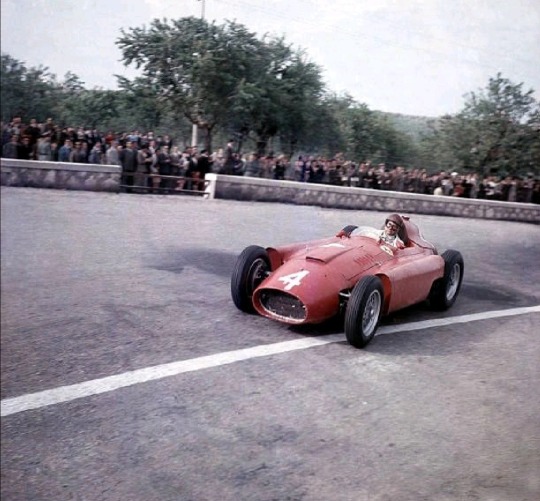
#vintage car#antique car#automobile#supercar#old car#retrocar#old cars#formula 1#ferrari#Lancia#foryourpage
24 notes
·
View notes
Photo






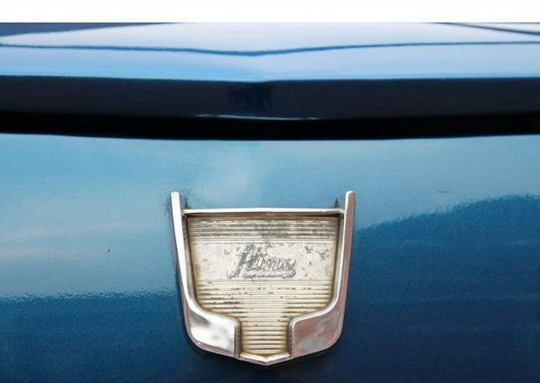



Hino Contessa 1300 Coupé
The name Hino was taken from the homonymous town in the Tokyo prefecture where the company's headquarters were (and still are). His first steps were to create powerful military vehicles for the Imperial Japanese Army during World War II. Once the greatest war of all time was over, it dedicated itself to the manufacture of diesel engines, trucks and buses. The post-war Japanese automobile industry underwent a major transformation thanks to the numerous agreements that many manufacturers made with car brands in Europe and the United States. Hino was no different. The operations were going from strength to strength, they had already earned an important place in the industry and even theirs was the first trolleybus in the history of Japan. The brand wanted to expand its business by launching into the world of passenger cars. Already under the name of Hino Motors, it signed a collaboration agreement with Renault in February 1953 and two months later they began to manufacture the Renault 4CV (also called Renault 4/4) under license. In Japan it was marketed as the Hino PA and some 35,000 units were sold in the 10 years it was in production. The French brand ceased production of the Renault 4CV in 1961, so Hino set out to take another step in the automotive world: manufacture its own car. They contacted the prolific Italian designer Giovanni Michelotti, who had worked with brands as relevant as Ferrari, Lancia, Maserati, Alpine or Triumph, to draw the silhouette of the new Japanese car.
The Hino Contessa 900 used the base of the Renault 4CV but at first glance no one could recognize that link due to the charming sedan body designed by the Turin designer. Renault's 35 hp 0.9-litre engine was positioned at the rear and was sufficient to animate the rear axle with the 750 kg that the car weighed. Shortly after, the Hino Contessa 900 Sprint was launched, a coupe version that reduced the weight by 100 kg and had an engine powered by Nardi up to 45 CV. With an attractive design, greater habitability -it offered space for five passengers, one seat more than the 4CV- and the proven reliability of its engine, it was not surprising that the Contessa achieved good sales results. 47,299 units were marketed between 1961 and 1964, a small part of them manufactured beyond the Japanese borders. The great reception in the market of its first car encouraged Hino to develop the second generation. Once again, Michelotti was in charge of its design, who had an overwhelming personality. The front with double optics and no grille was clearly reminiscent of the Chevrolet Corvair while the general lines were similar to other models designed by Michelotti such as the Triumph 2000. The Italian designer had been inspired by the English and American cars for this Japanese model with a French engine. Long live globalization! The Hino Contessa 1300 was bigger and heavier than its predecessor, but also more powerful by using a 1.3-liter 55 hp engine from the Renault 8. It began its commercial journey in 1964 and a few months later the sports version with bodywork arrived. two-door, the Contessa 1300 Coupé with 65 CV. The second generation of the Contessa was exported to several countries around the world, being manufactured in Japan, Israel and New Zealand.
80 notes
·
View notes
